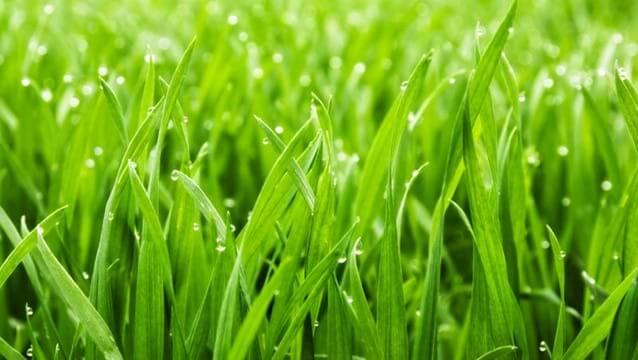If you are looking forward to growing grass in your garden, perhaps the first question you might have is how long it takes grass seed to grow. After all, a barren patch of land is of no good in front of your beautiful house.
The grass is not just to perk up the beauty of your garden (although green grass on your lawn will look fantastic!). Still, it also serves several other purposes, like holding onto your soil and preventing a muddy mess during the heavy downpours of the monsoon. It also provides a soft green carpet to your feet when you decide to take a stroll in your garden. So now that you have made up your mind about planting grass in your garden, let us get to the depth of it.
How Long Does It Take Grass Seed to Grow?
Let us start with the first fundamental question: how long does it take grass seed to grow. Generally, it takes 7 to 30 days for the germination of the grass seed to begin. However, just like any other seed, grass seed, and their growth and germination also depend on many factors like the soil type, the weather, type of grass, the watering frequency, nourishment, and how well you care for the seeds.
So now that your fundamental question, i.e., how long it takes grass seed to grow, is answered, let us discuss all the factors mentioned above in further detail.
Different Types of Grass Seeds

To answer your question about how long it takes grass seed to grow, you first must understand the different types of grass available because depending on the type, the entire seed germination process and growth will be decided.
There are mainly two broad categories of grass, they are-
- Warm-Season Grass– The type of grass that thrives and does well in regions with warm climates.
- Cool-Season Grass– As the name suggests, they do not do well in warm climates and need a pretty much controlled, and stable temperature to live and thrive.
The broad categories are clear, so now let us talk about the sub-categories of the two main categories so that you understand better how long it takes grass seed to grow.
The Warm Season Grass
We know what warm-season grasses are, but there are six types of warm-season grasses as well-.
Bermuda Grass

This grass has the fastest growth and spread rate of any other warm-season grasses. Under ideal conditions, the seed germination can start from anywhere between 3 to 7 days. Still, if the conditions are not excellent or ideal, then it takes about 14 to 21 days and, in some cases, even more to start the process of germination.
Being a perennial warm-season grass, it grows back every year and has the highest growth rate during spring. It is a very tough grass, and once it has established its roots and started growing somewhere, it does not wither away or die that easily, which also means that once it is established, it is hard to get rid of. But the best thing about Bermuda grass is that it needs minimal care to grow.
St. Augustine Grass
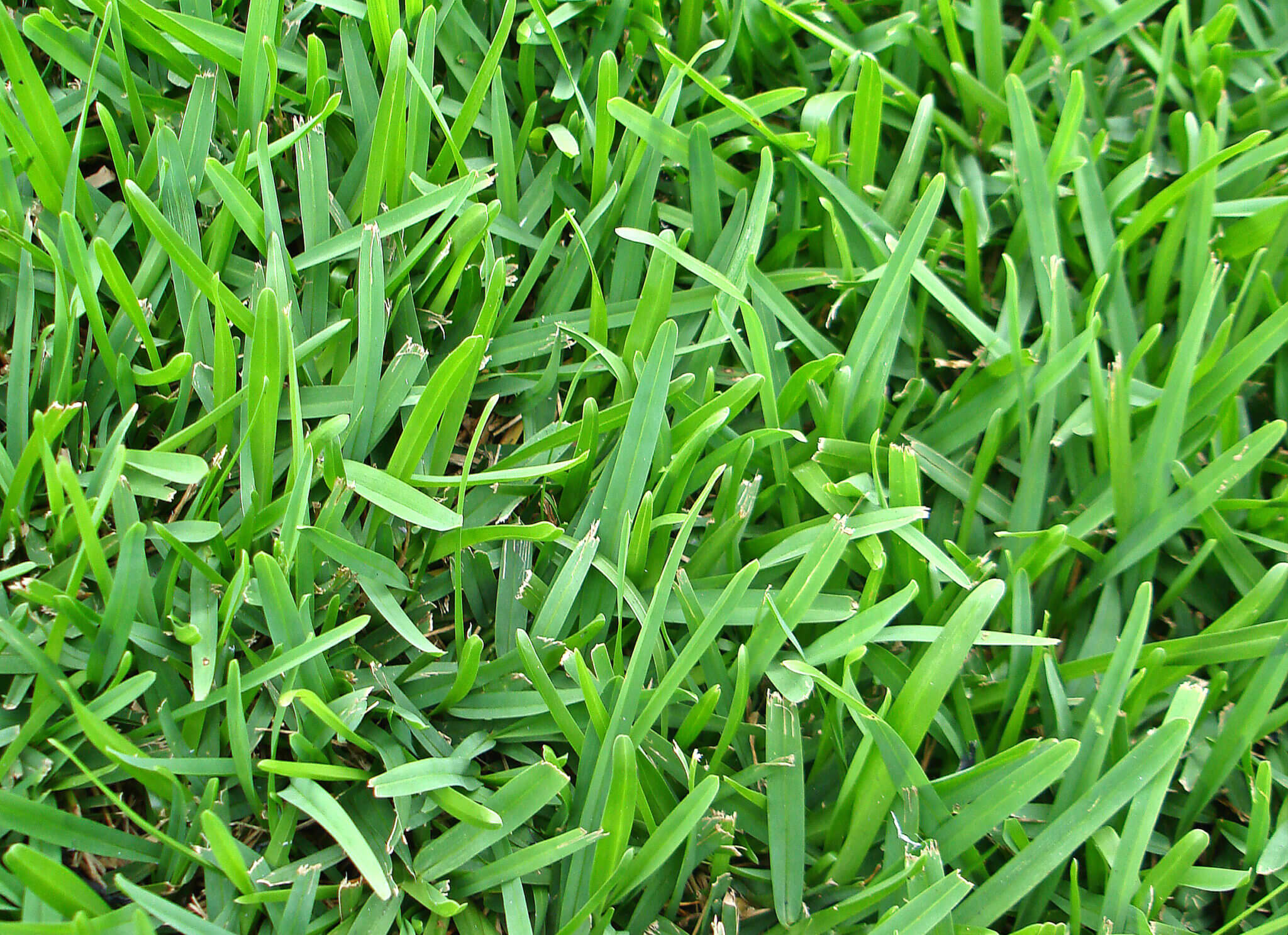
This grass, too, has a significant growth rate. Once it has been installed, it takes about 7 to 14 days for the grass to spread and establish itself. The grass has a dark green shade with flat, broad blades and is usually used in pastures and ranches for the animals. It is also a prevalent grass type for lawns.
Once the patch of grass is installed and has started growing, the rate at which it spreads to the entire lawn depends mostly on the plug spacing you choose. Also, make sure that you water it enough and the best time to do it is early in the morning. One point about St. Augustine grass is, despite its popularity, it is less severe than Bermuda grass and is not drought resistant.
Centipede Grass
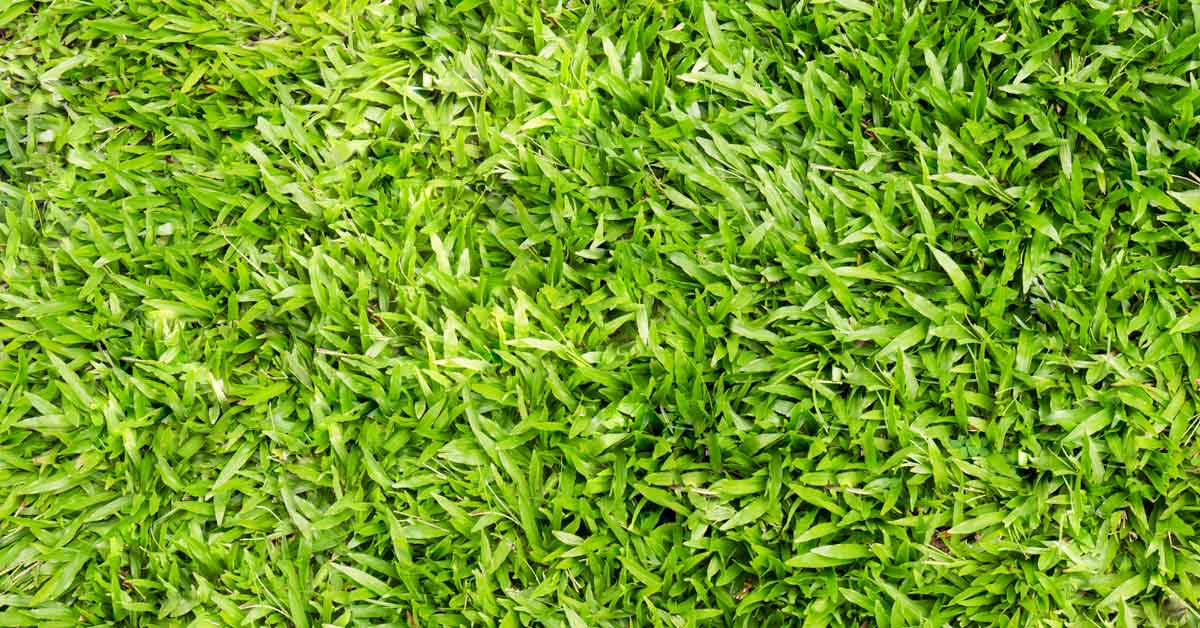
The best thing about centipede grass is that it is highly resistant to extreme heat conditions and low maintenance. Since it does not require much care, nourishment, and nutrients, it is also trendy among gardeners and lawn owners.
Just one thing that you must keep in mind is that this type of grass is sensitive to alkaline soil. Also, this grass type takes a little longer to grow compared to the other grasses mentioned above. Their seed can start germinating anytime between 10 to 28 days.
Zoysia Grass
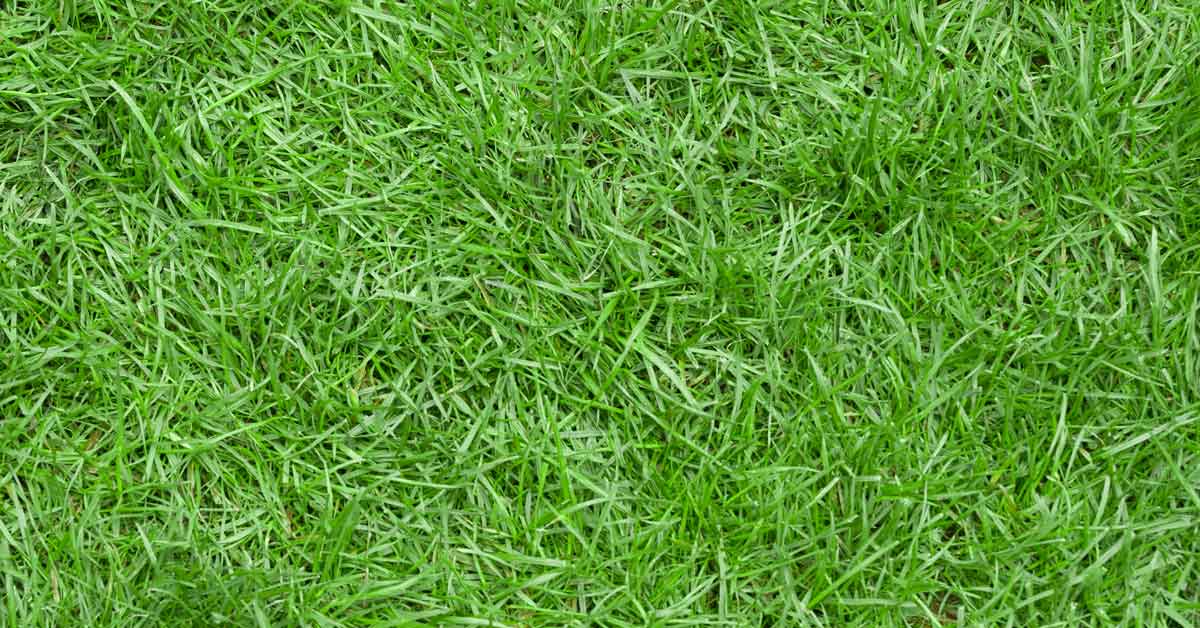
Another great perennial grass, once you plant it, will keep growing back year after year. However, there is one disadvantage with this grass, and it requires good care. From frequent mowing and trimming to proper watering and nourishment, it requires a lot of care, and hence you can easily classify it as a high maintenance grass. It takes about 14 to 21 days to grow once you install it, and then as already mentioned above, it keeps coming back, year after year.
Bahia Grass
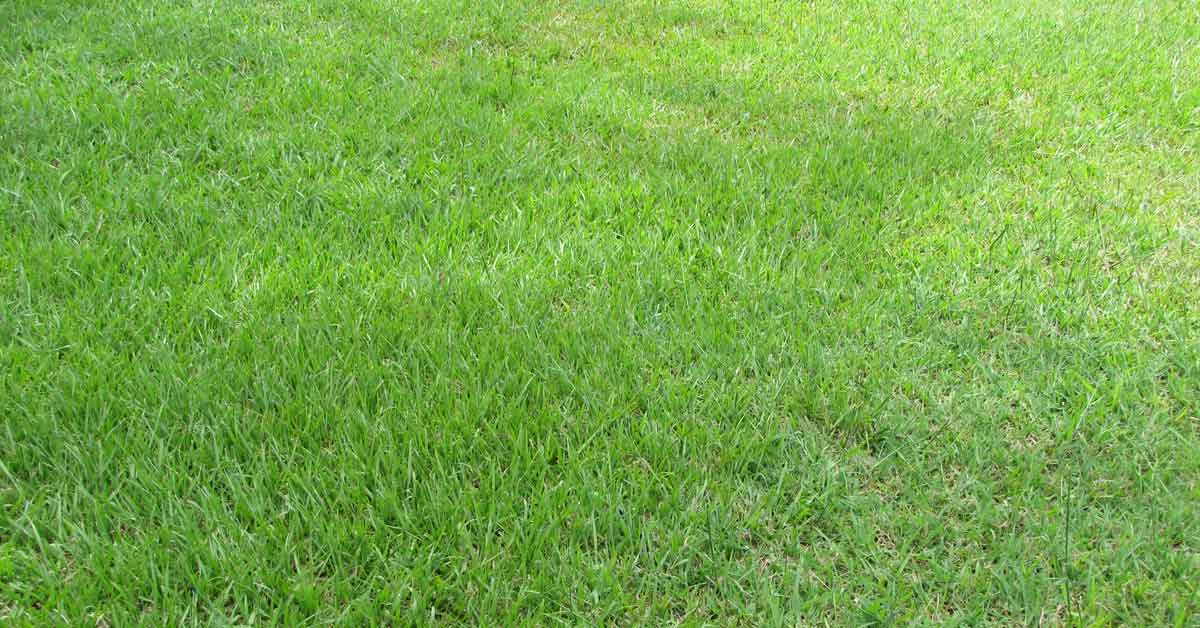
This type of grass takes the longest time to germinate among all the other types of warm-season grasses, which is about 28 days. But there is one way to speed up the process by providing better conditions for growth.
If you can manage to increase the soil’s temperature and place it in a moist environment, then the germination process of the seed will speed up. Once it is established, it is again an easy-to-care-for, low-maintenance grass that will save your time and effort.
Carpet Grass
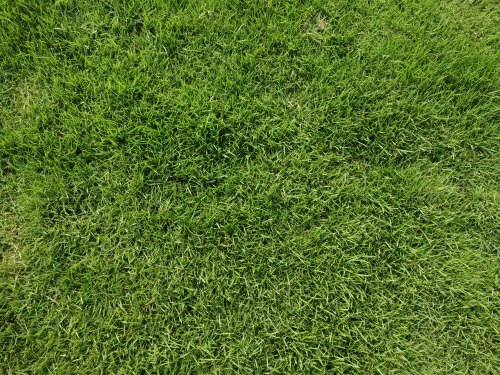
The time taken for the seeds of carpet grass to germinate varies and depends on the climate of the place you live in, and depending on that, it can be anywhere between 5 to 30 days. You can speed up the process by ensuring that the soil is moist.
You can do that by watering the soil once or twice a day or at least as much as it takes to ensure that the soil does not dry out. However, carpet grass is a little high maintenance. Your lawn needs time to trim, and you need to take care of the fertilizers and watering frequency to make the grass thrive.
The Types of Cool Season Grasses
The answer to your question about how long it takes grass seed to grow is different for cool-season grasses. There are four main types of calm, they are-
Kentucky Grass
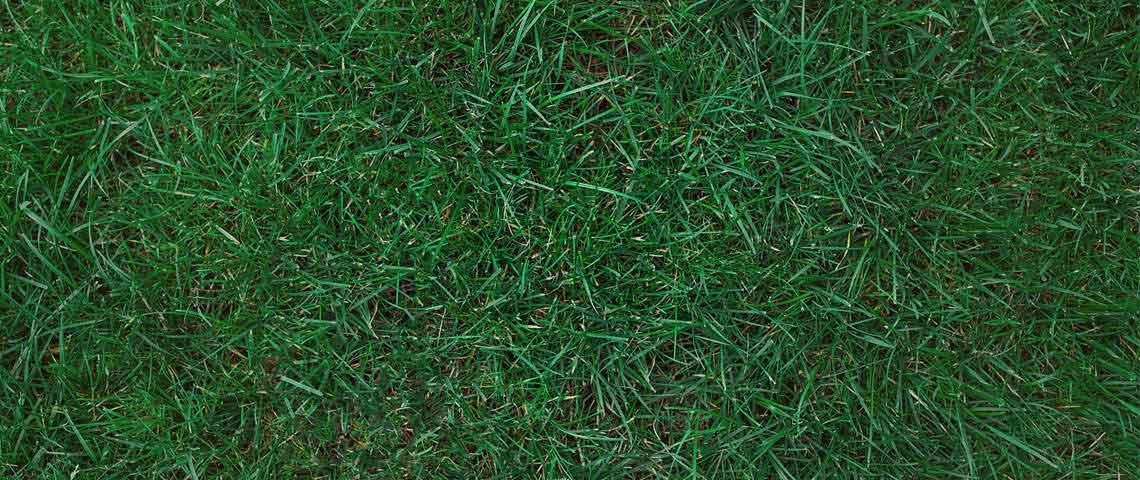
Among all the cool-season grasses, this one is considered to have the slowest germination process. It takes about 30 days for the seeds to start germinating. It grows up to a height of 2.5 to 3 inches, and since it requires weekly mowing, it is a high maintenance grass. The best part about this type of grass is that it chokes out all the wild weeds from your garden once it is thoroughly established.
Tall Fescue
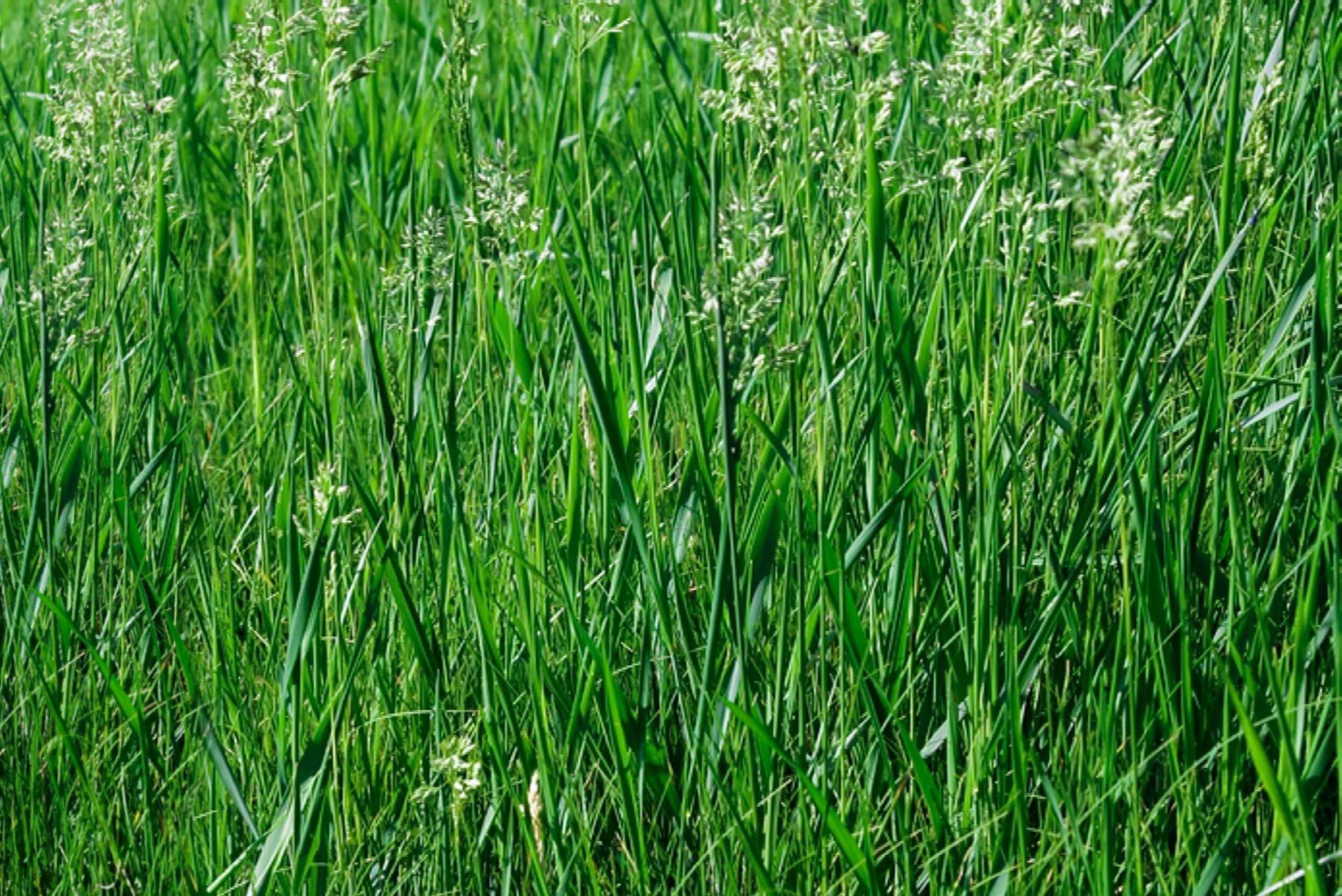
It approximately takes about 14 days for a tall fescue seed to germinate. It also depends on the temperature. If the soil temperature is low, it will take more time to grow, whereas if the temperature is high, it might germinate faster. This grass, too, is perennial and grass, and it comes back every year. It is also challenging, and with its long deep-root system, it can withstand drought conditions.
Fine Fescue
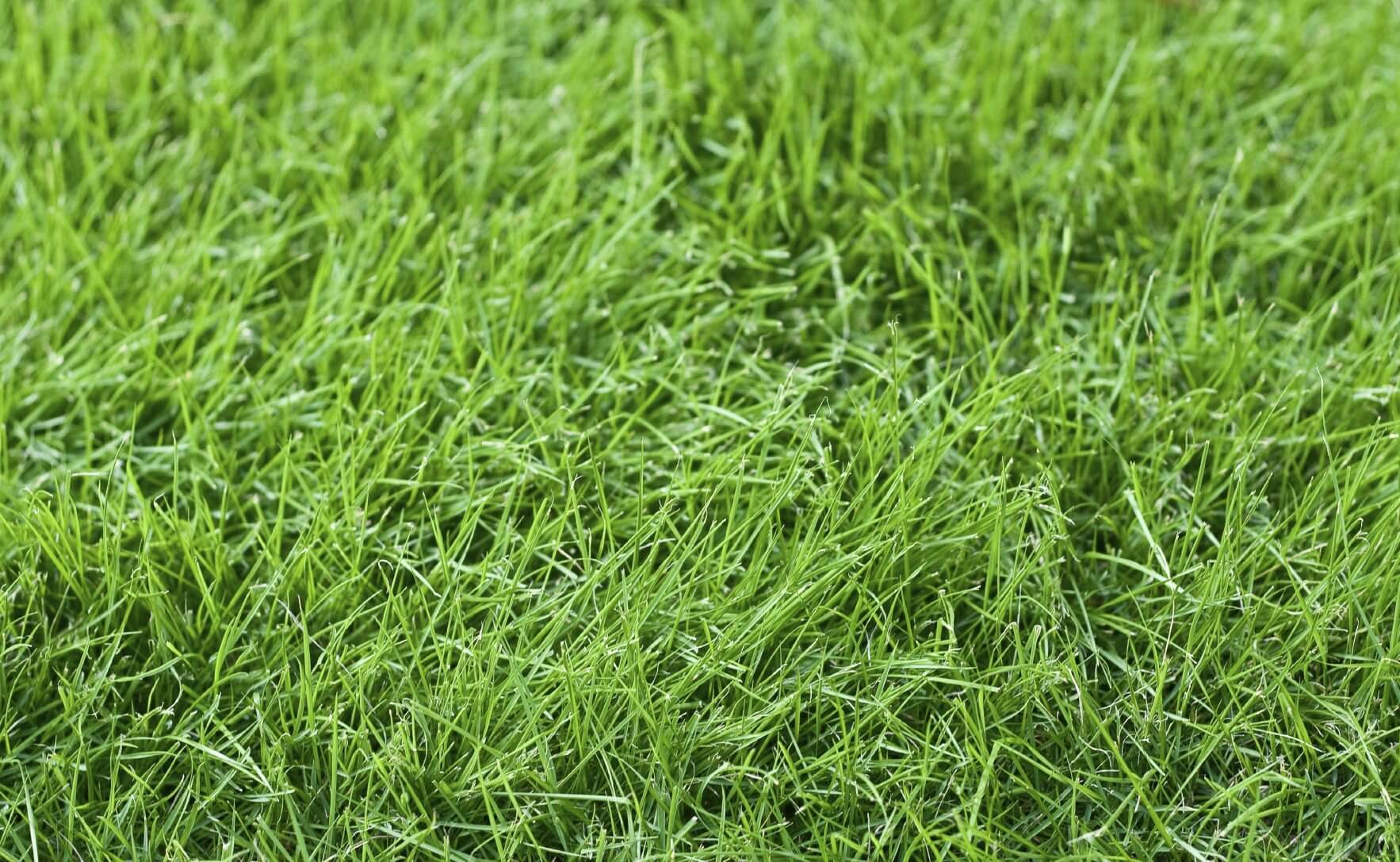
Like tall fescue, fine fescue takes about 10 to 14 days to germinate and start growing. The grass’s blades are fragile, and they are not at all resistant to excess sunlight. One unique thing about this type of grass is that these grasses’ blades do not grow out straight. Instead, they grow out in a twisted and curly way.
Perennial Ryegrass
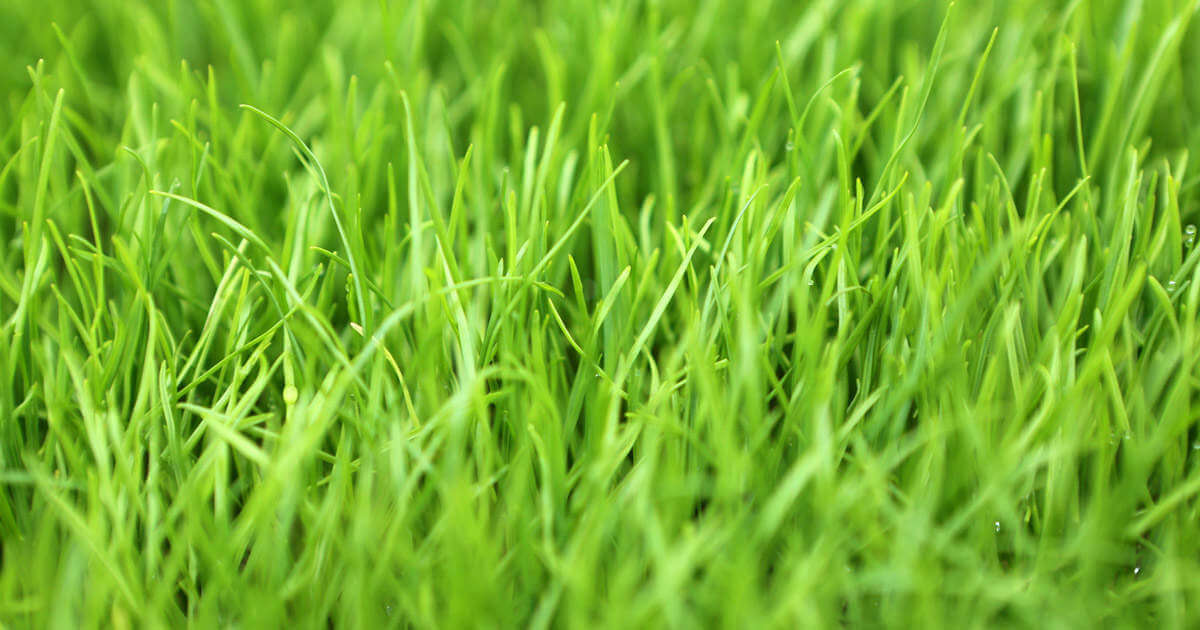
Among all the cool-season grasses, perennial ryegrass has the fastest germination rate as these grass seeds start germinating within 5 to 10 days. You need to take care of it well and water it 3 to 4 times a day. Also, being a cool-season grass, if the temperature goes beyond 100 Fahrenheit, your grass will die.
When buying this grass, make sure you do not get confused between Perennial Ryegrass and Annual Ryegrass. Perennial ryegrass will come back year after year, but annual ryegrass will die as the season ends and not come back next year.
When Is the Best Time to Plant Grass Seed?

After talking about how long it takes grass seeds to grow, let us discuss the best time to plant them to get the best results. Now generally, the answer to this question is spring. But sometimes that is not all.
Certain types of grass seeds have specific requirements, and you need to plant them according to that. For example, Bahia grass grows best in warm temperatures, so you must think about planting it when the temperature is warm, which will depend on the region to live in.
Cool-season grasses cannot tolerate high temperatures, so they must be planted when the temperature is low. But at the same time, you will have to keep in mind if there is any frost threat within the next 60 days. If there is, you should not consider planting the seeds then. If this is too confusing for you, you can always consult an expert to get their advice.
Factors That Affect the Process of Seed Germination and Growth
Watering Frequency
It would help if you kept in mind that you need to water the plants as per their requirement. For example, perennial ryegrass needs to be watered 3 to 4 times a day. In other cases, the grass seeds need to be watered once a day. So, the rate of seed germination depends on the watering frequency.
Soil Type
There are different types of soil requirements for different types of grasses. For example, Centipede grass is not compatible with alkaline soil. Similarly, other types of grass need different types of soil.
So, before you plant your seed, you need to check the soil quality and type through a soil test. Testing the soil will help you understand which type of grass seed will grow the best in your garden.
Timing
As we already discussed above, the time you decide to plant your tree plays an important factor. Like, if you plant it before frost, your seeds will not grow into the grass. Also, at the same time, if you plant it in weather that is extremely hot, and the grass type that you have chosen is not suitable for that temperature, then too, the seed will not grow. So, it would help if you considered the temperature and the climatic condition for the next 60 days before you plant the seeds.
Not Using the Right Type of Seed
The type of grass you choose to grow in your lawn should be decided according to the region you stay in. Check the seed’s temperature and climate requirements that you be planning to buy and see if it is compatible with your garden. Proceed only it matches the conditions in our region.
So, this was all that you needed to know about growing grass and how long does it take grass seeds to grow. Make sure that you choose the grass type according to your region and its climate and religiously follow the nursery or garden center’s guidelines about growing the grass.
And soon, you will have a beautiful lawn thriving with a thick carpet of green grasses. We hope that your question about how long it takes grass seed to grow and all other queries were answered in this article and if you have any further queries, reach out to us in the comment section below!

